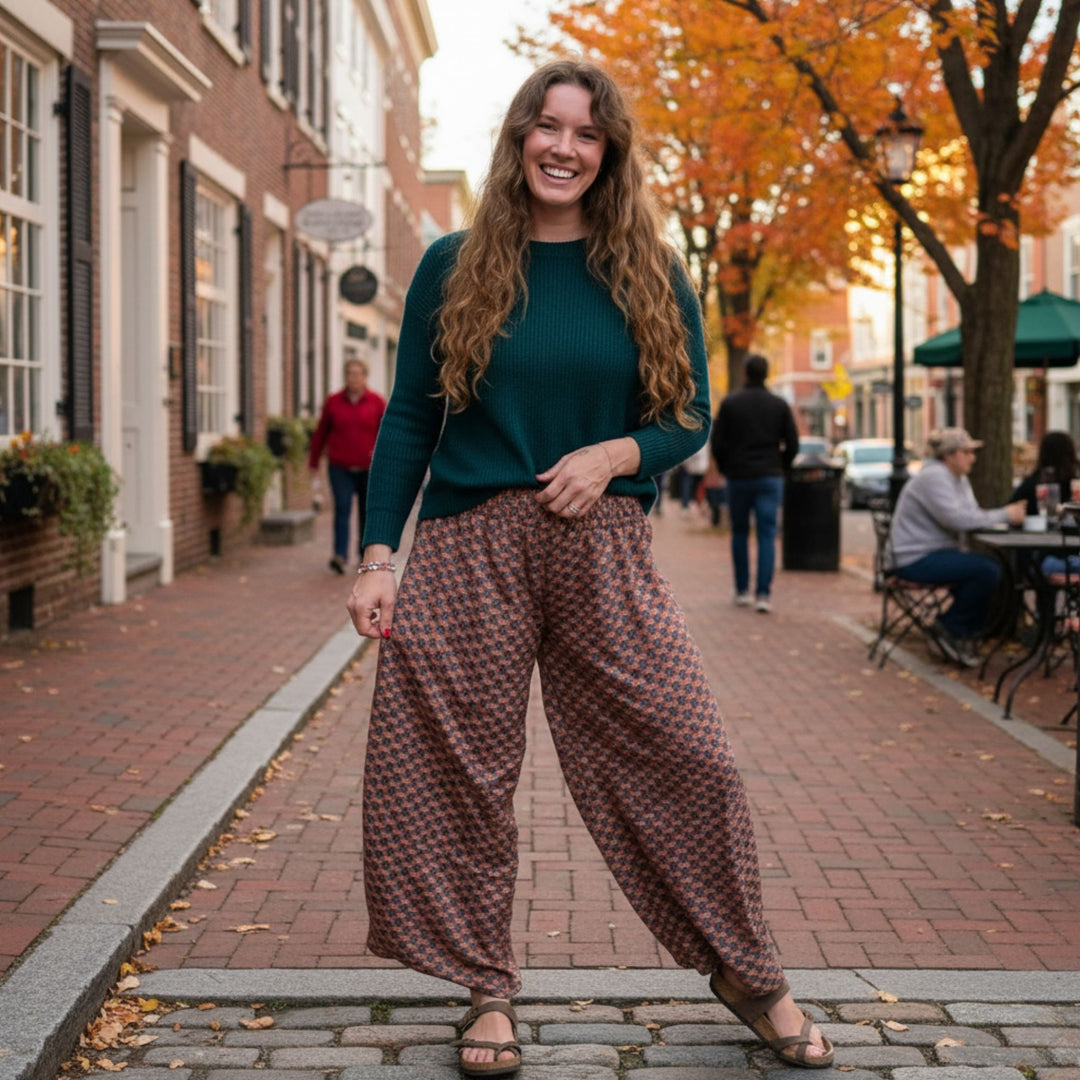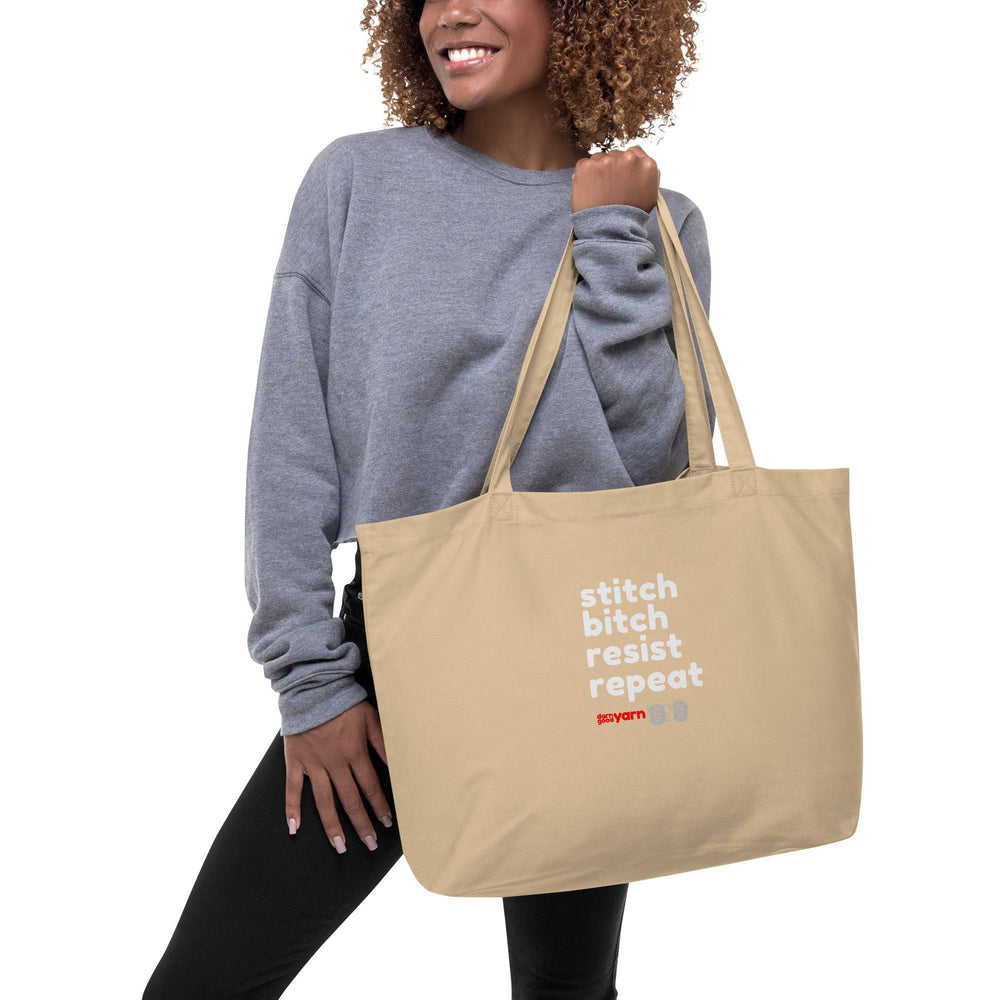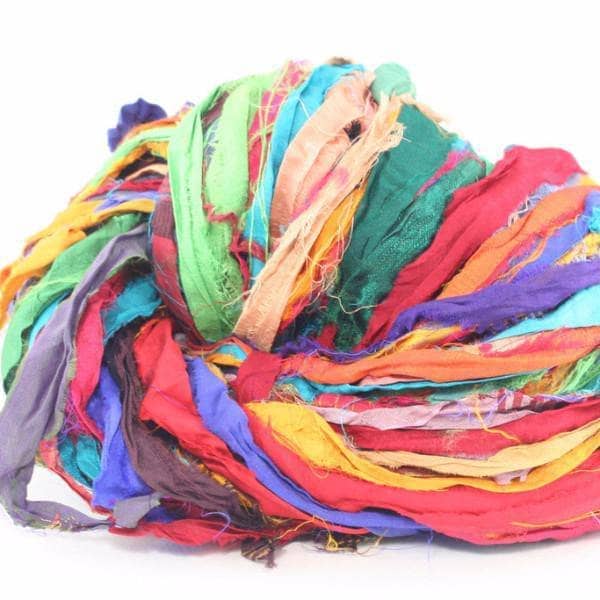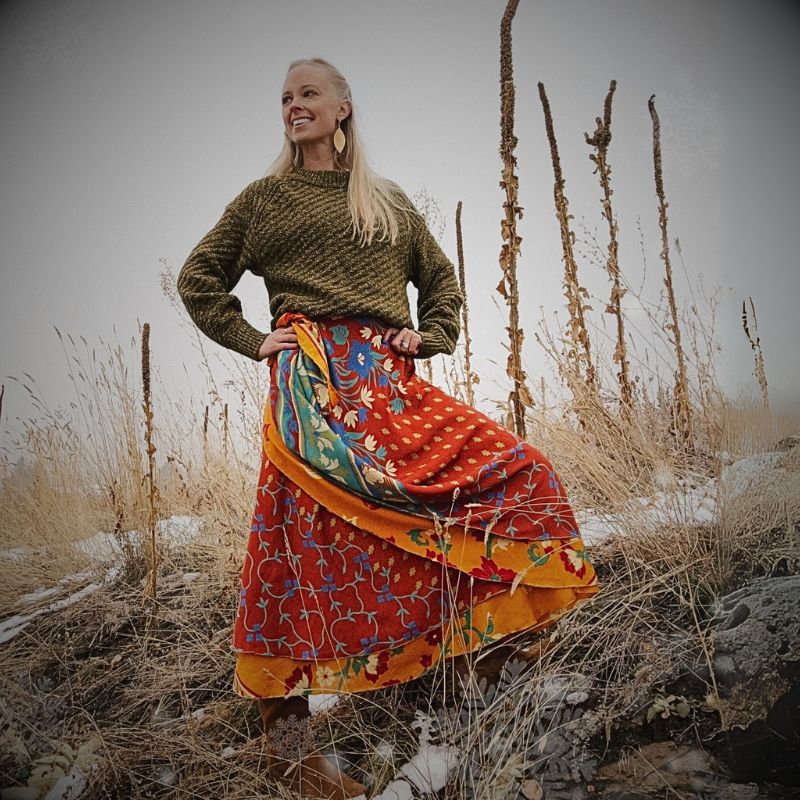Here's how you incorporate slow fashion and zero waste clothing into your lifestyle!
If you have an interest in sustainable living and in making environmentally friendly buying choices, you may already be familiar with the Slow Fashion movement. If you are not, let us begin today's post by unpacking the defining aspects of Slow Fashion, and the reasons why we at Darn Good Yarn support it!
The fashion industry experts at Good On You define Slow Fashion as:
"...an awareness and approach to fashion, which considers the processes and resources required to make clothing, particularly focusing on sustainability."
Those who have adopted slow fashion practices intentionally purchase clothing items of durable and long-lasting quality. The fair treatment of textile workers, kindness towards animals, and the good of the planet are all prioritized during the process of creating Slow Fashion items. These garments often take longer to make, hence the term "Slow Fashion".
Now, hopefully, we can all agree that fair working conditions for workers, rightful treatment of animals, and caring for the environment are important. But aside from these clear advantages, what makes Slow Fashion necessary, and in many cases, worth the extra money? Slow Fashion has come into existence in contrast to "Fast Fashion", a name used for the practices of modern industrial clothing brands that cheaply mass produce their clothing items. In the world of Fast Fashion, textile workers are often underpaid and unfairly treated. In some cases, even forced labor is a present reality. Fast Fashion companies also use a wide variety of synthetic materials that harm the natural environment.
Because many of the clothing items that originate from the Fast Fashion industry are made quickly and cheaply, they do not last nearly as long as Slow Fashion items. When they are thrown away, the synthetic materials that are frequently found in Fast Fashion clothing items prevent them from biodegrading. Because of this, these discarded garments contribute to global pollution.
Taking this knowledge and going forward, the Slow Fashion movement is a solution that benefits textile workers, the planet, animals, and everyone influenced by the production of clothing! Would you like to be a part of it? Of course, you would! Here are some first steps in adopting eco-friendly practices for your wardrobe.
1. Evaluate the businesses you already support.
Do some research on the clothing brands you already buy from. How do they treat their workers? Do they exhibit ethical production practices? If not, maybe it's time to stop giving them your business.
2. Do research and find out about ethical, eco-friendly clothing brands!
Find brands that create slow fashion items! These brands are increasing in number as the public becomes more aware of the importance of environmental sustainability.
When looking for slow fashion and eco-fashion brands, read up on where their materials are sourced from, how their products are made, and about what they're doing to make a positive impact on their workers and the planet!
Here at Darn Good Yarn, all of our Sari Wrap Skirts are handmade out of 100% recycled materials by fairly paid artisans in our cooperatives in India and Nepal. The natural material that these skirts are made of would otherwise be thrown away. The same can be said for our recycled silk yarns! These upcycled yarns are made from repurposed sari silk fibers and can be used to create anything you wish. This leads us to our next tip.
3. Approach DIY from a new angle!
If you sew, knit, crochet, or weave, try making some of your own clothing at home or with a craft group! One aspect of the slow fashion movement that many DIYers and crafters have enthusiastically embraced is the push to return to making your own clothing at home, or to purchase it from local seamstresses, as was the norm in times before the Industrial Revolution.
If you already enjoy making your own clothing items, why not try a DIY approach with the majority of your clothes? Making your own clothes also gives you control over the materials used, which means that you can freely choose to stay away from synthetics or materials that have a negative impact on the environment and your health.
If you knit, crochet, or weave, take a look at Darn Good Yarn's selection of recycled and natural yarns! We also offer a variety of patterns and instructional videos for beginners!
So what do you think? Have we convinced you to start to make more ethically conscious and environmentally friendly clothing choices? Tell us about your journey towards a slow fashion lifestyle! If eco-fashion is already part of your lifestyle, let us know about any tips or advice you have for beginners and those who are interested in getting started!
 Rewards
Rewards

























